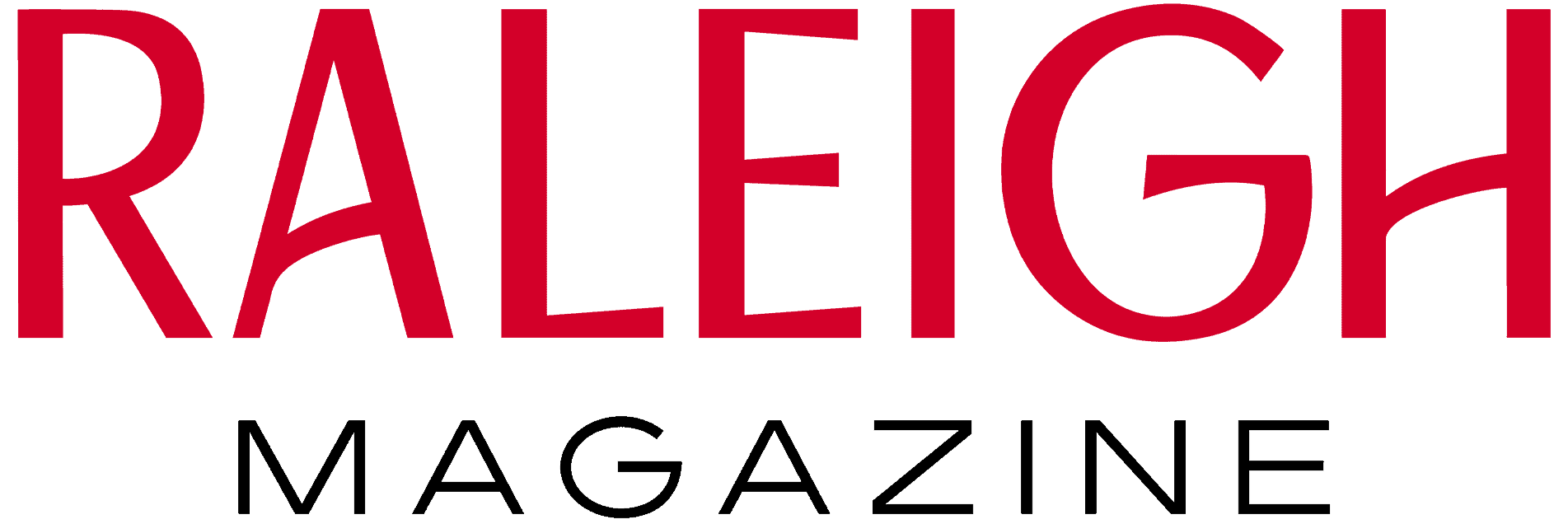Share this Post
The debate around concussions in sports and the responsibility towards athletes has been raging for more than two decades. In 1994, it was Troy Aikman’s concussion that shocked super agent Leigh Steinberg (the inspiration for Jerry Maguire) into action, and since then sports leagues across America have issued suggestions and regulations to diminish trauma to the head. But regulations only can help those who want to be helped.
“I watched [athletes] completely fight with doctors at every time to get into the game,” Steinberg told PBS. “I watched players deceive coaches on the sidelines when they were injured and run back into a game.”
This scenario isn’t prevalent just in professional sports. Athletes—from youth leagues through college—often ignore symptoms to get back in the game.
“One of the hardest parts about diagnosing a concussion and actually returning someone to play is that the majority of the information that you get is subjective, and it really relies on the student athlete, ” says Robert Murphy, Director of Sports Medicine at N.C. State University.
At the professional level, it can mean a loss of income or long-term career standing. A study conducted by the NFL found underreporting of head injuries is one of the league’s greatest barriers to protecting athletes. At the high school and college level, says Murphy, players are often vying for scholarships or the prestige of playing in a “big” game.
If an athlete is diagnosed with a concussion or even suspected of having one, he or she is immediately suspended from participating in games or contact practice. In order to be cleared without restriction, the concussion must be deemed resolved entirely.
“Athletes understand this reality, and they also understand that concussions are often not readily visible like many injuries in sports medicine,” says Dr. Josh Bloom, the head medical physician for the Carolina Hurricanes and a physician at Carolina Family Practice & Sports Medicine, which founded the Carolina Sports Concussion Clinic in 2008. “There are times and situations when athletes are not entirely honest about their symptoms.”
Symptoms can take up to 48 hours to develop and, depending on the injury, recovery can take days, weeks or even longer. Bloom says educating the player and the parents is important. As the team physician for Cary High School and Apex Friendship High School, Bloom says trainers and coaches are getting better at observation and noticing what’s “normal” for each individual player.
NC State is doing the same thing. Trained professionals spend time with athletes on a regular basis—in the weight rooms, on the court and on the field—and get to know individual students, making it easier to spot when something’s not quite right.
NC State’s Athletic Director Debbie Yow made it possible, says Murphy. “My budget has pretty much doubled since the time I’ve been here—four years,” he says. “We’ve doubled our staff as far as full-time athletic trainers. We’ve added a mental health provider and a sports psychologist.”
But at the secondary education level, funding for additional positions isn’t always available. Deran Coe, Senior Administrator for Athletics with the Wake County Public School System, says coaches and trainers are simply extra vigilant and consider any head injury a potential concussion until cleared by a medical provider.
“We understand the severity of a head injury that could be a concussion, and we’re more cautious every year,” he says.
In fact, in 2013, Wake County was one of the first school systems in the nation to implement a head injury training program for football coaches after a pilot program in Fairfax County, VA showed good results.
“All of our coaches go through the USA Football Heads Up training which teaches best practices for tackling and blocking and trying to take the head out of the game to keep our kids as safe as possible,” says Coe, adding all 53 middle and high school coaches attend training every year.
“We are absolutely doing a better job treating concussion,” says Bloom, remembering when he played football at Dartmouth and not much was known about head injury in contact sports. “Looking back on it, I realize that many of my teammates and I played with concussions and often that was because we simply didn’t really know that we were concussed.”
Today, the acknowledgment of the issue, and how to diagnose and treat it, has made huge strides in the sports community.
“It takes a village,” Bloom says. “We’re very fortunate in Wake County to have excellent athletic trainers at all public high schools. The sideline examinations we now use are relatively sophisticated and are helpful in detecting abnormalities common in concussions—even when the athlete denies symptoms.” ν
Share this Post




